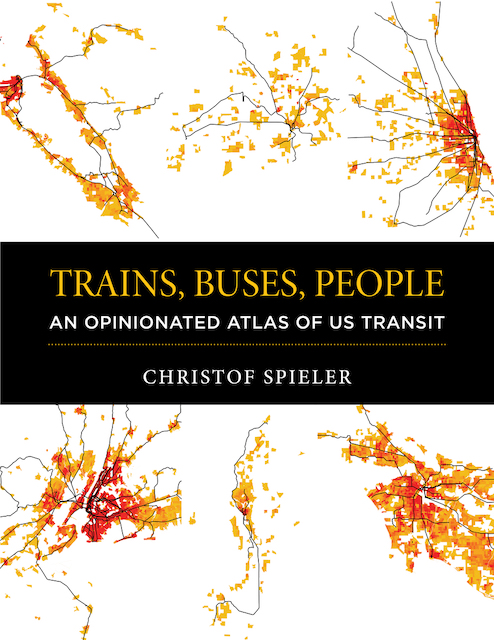The Antiplanner might be behind the times, but has anyone else noticed that it is the Democrats who are playing the role of Alexander Hamilton — the conservative who wanted to centralize government and concentrate power in New York banks — while the Republicans are playing the role of Thomas Jefferson — the civil libertarian who wanted to keep economic and political power decentralized? I always wondered why Lin-Manuel Miranda picked such a conservative historical figure to be the hero of his left-leaning musical.
Now we know. Alexandria Ocasio-Cortez’s Green New Deal is going to cost tens of trillions of dollars, but she just blithely says we’ll pay for it “the same way we paid for World War II”: “The Federal Reserve can extend credit to power these projects and investments and new public banks can be created to extend credit.”
That’s not how we paid for World War II. Instead, we borrowed money from banks and people that had money. Alexander Hamilton knew just creating a bank doesn’t suddenly give it credit; instead, there has to be assets or income backing up that credit. Continue reading









